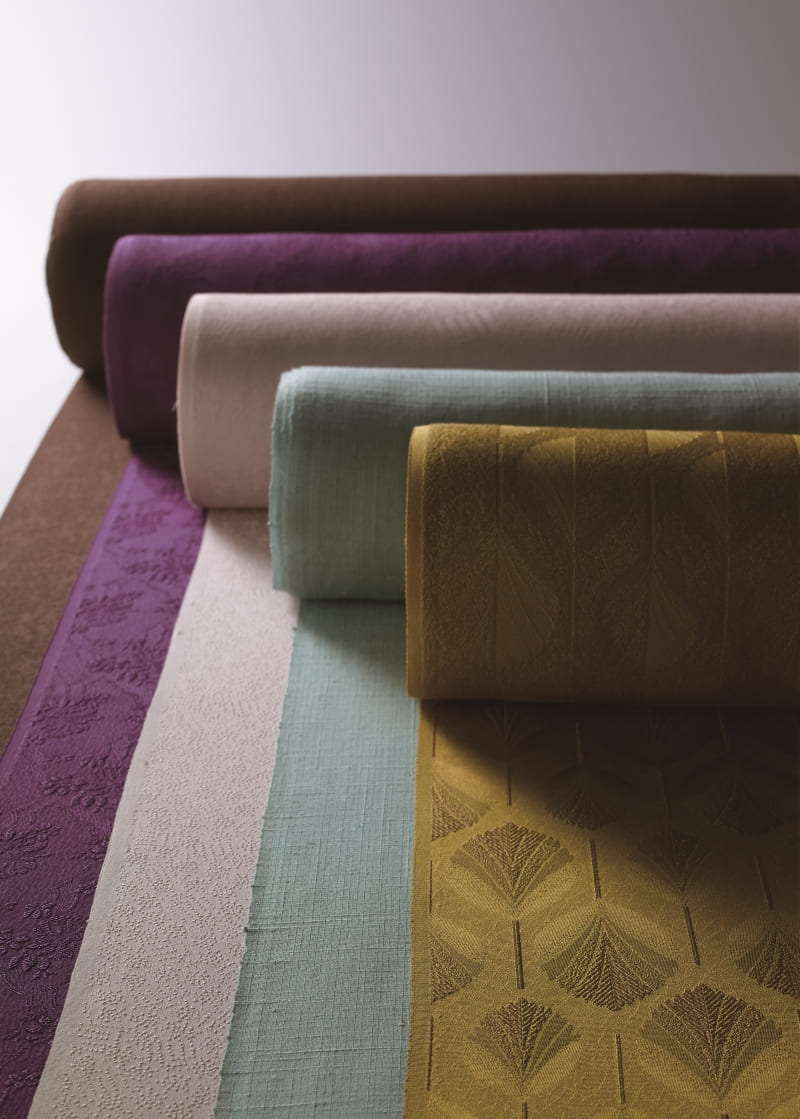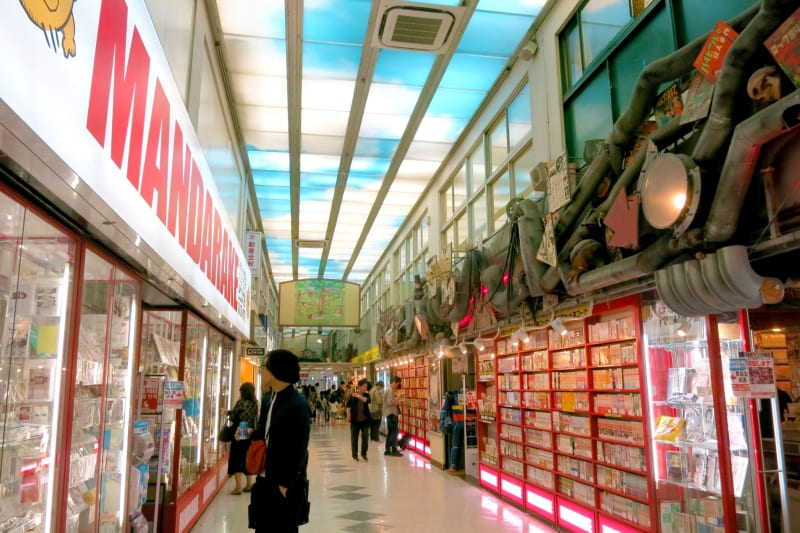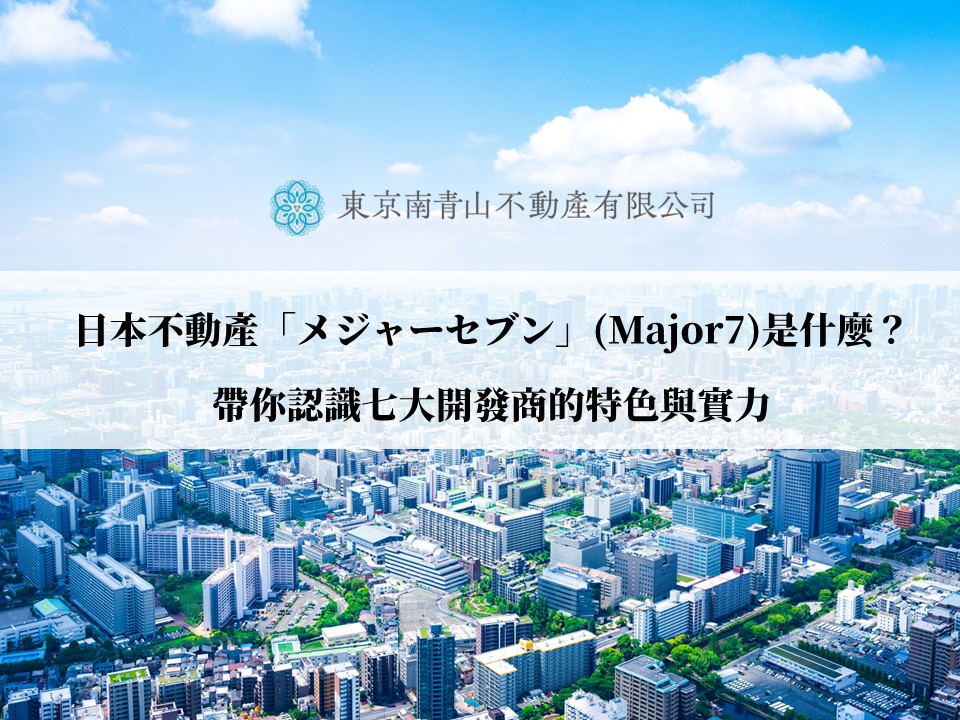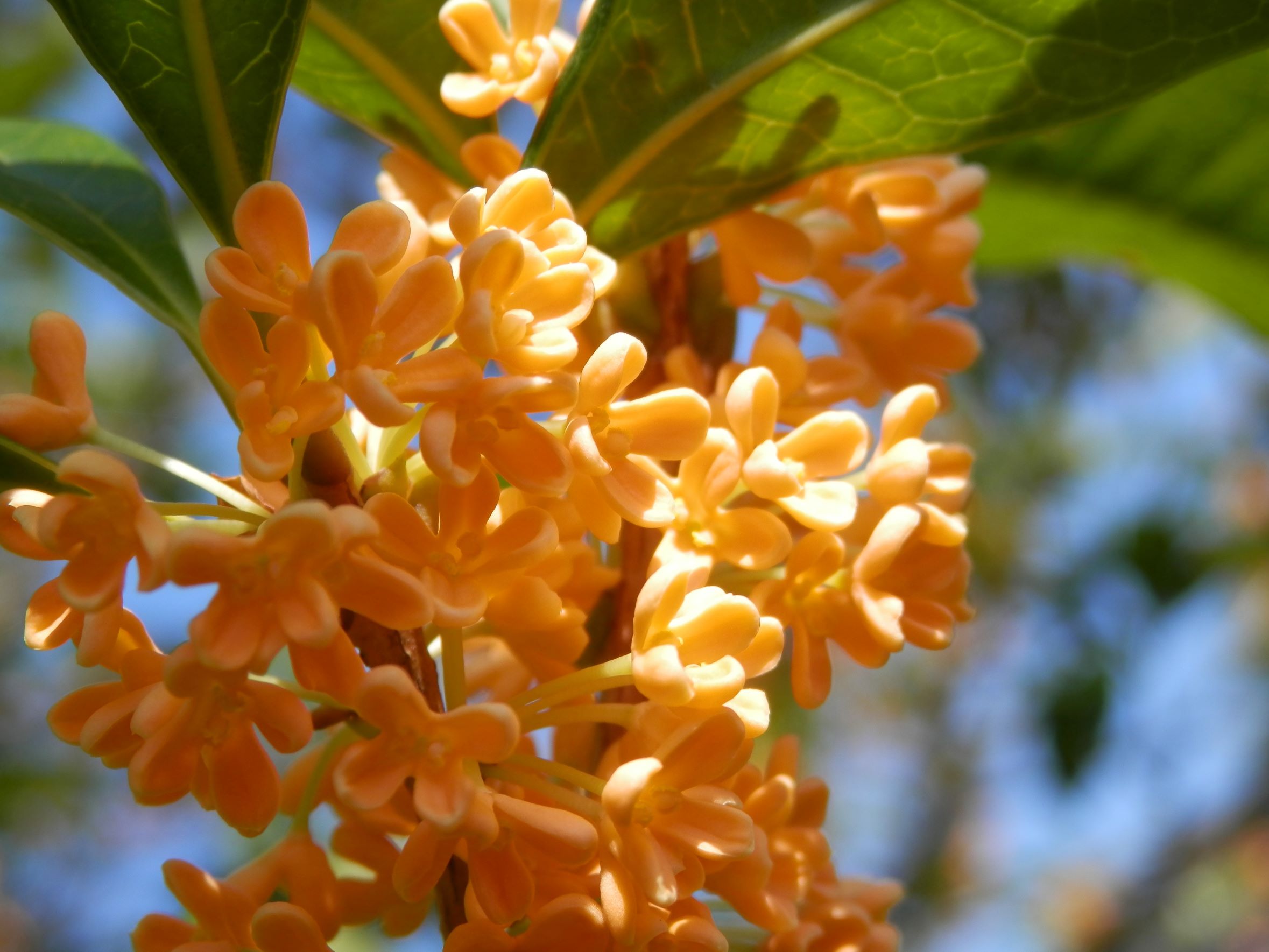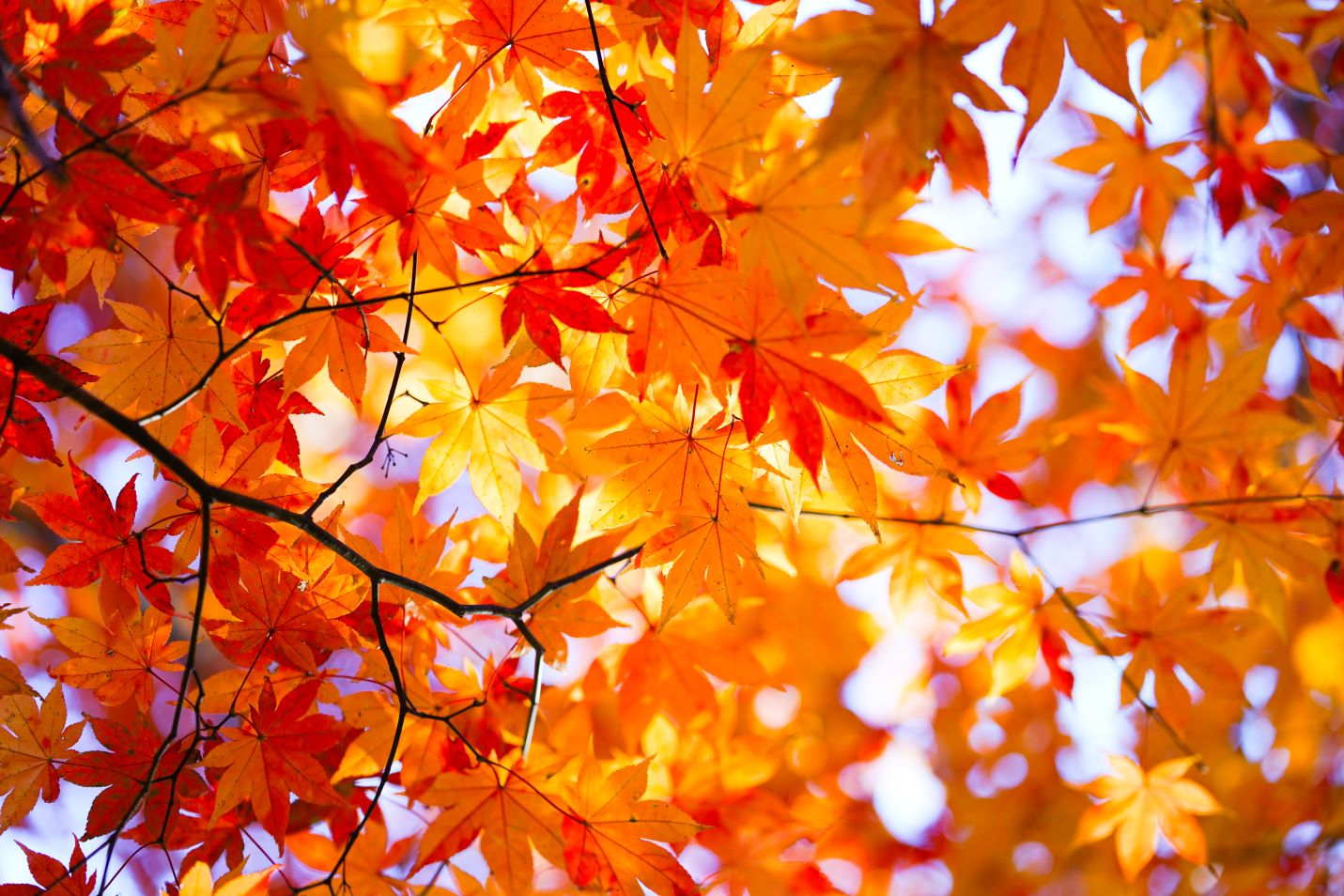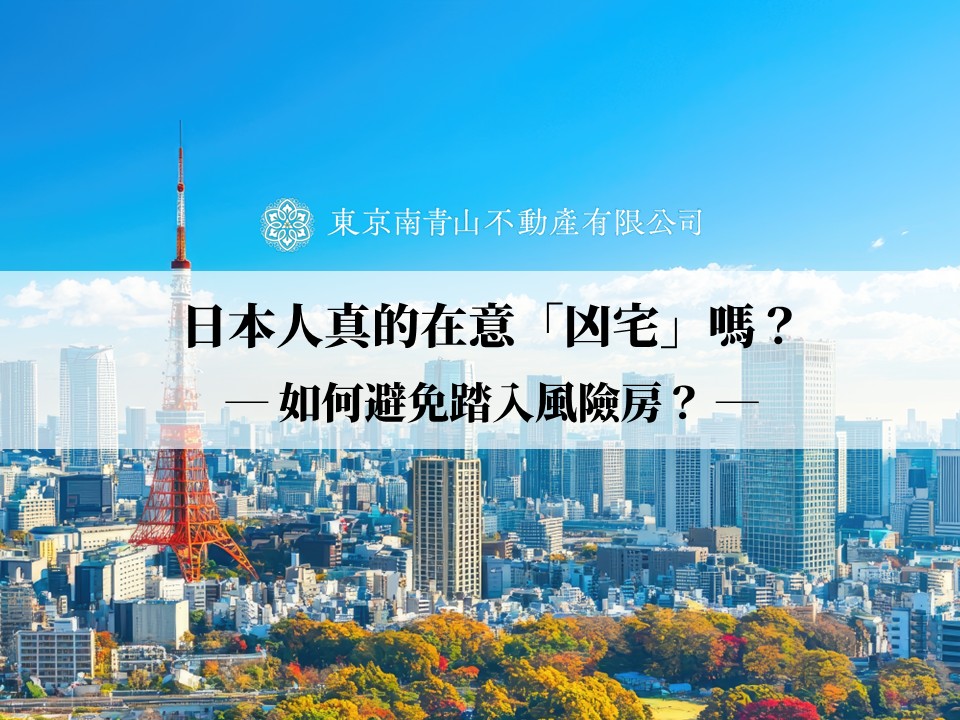Nakano Ward has developed around Nakano Station, which is also the commercial and administrative centre of the city. Topographically, the ward is located on the plateau surface of the Musashino Plateau and is formed by valleys carved by small rivers such as the Myoshoji River and the Zempukuji River. The proportion of the ward's population in their 20s and 30s is high (second only to Toshima Ward in the 23 wards according to the 2020 census), and the ward is also particularly popular among young people.
The ward is conveniently served by an extensive railway network, including the JR Chuo and Seibu-Shinjuku lines as well as several subways. The ward is also easily accessible by car and bicycle, with arterial roads such as Mejiro-street, Shin-Ome-street, Waseda-street, Ome-street and Honan-street running east-west, and Yamate-street, Nakano-street, Kannana-street and Nakasugi-street running north-south.
The area around Nakano Station is bustling with large commercial facilities and large-scale shopping streets, and in particular, Nakano Broadway, also known as the 'sacred ground of subcultures', is crowded with people with interests in various fields. On the other hand, in front of each station on the Seibu Line, underground and other lines, where historic residential areas are spread out, there are shopping streets convenient for daily shopping.
Nakano Street (near Nakano Station)
Nakano Broadway
■1 Nakano up to the early modern period
Nakano is a historic place with a legend of 'Nakano Choja' from the Muromachi period (1336-1573). Suzuki Kuro, born in Kii-no-kuni, sold horses and cultivated the area around Nakano, which was a wasteland at the time. He became rich enough to be called 'Nakano Choja', but one day he lost his only daughter, whom he cherished dearly, to illness, and became a Buddhist monk afterwards.
During the Edo (1603-1867), the Nakano area was a suburb on the Musashino Plateau, but developed as a logistics hub and holiday resort. The Ome Kaido (Ome Road) was built in 1606 in the early Edo period under the leadership of Okubo Nagayasu to transport lime needed for the construction of Edo Castle from Kaminariki and Kitakosogi villages (now Ome City).
At the time, the Nakano area was a suburb of the large city of Edo, and agriculture, mainly field farming, developed in the area. The Ome Kaido (Ome Road) also made Nakano a transit and distribution centre for agricultural products from the Tama region, and food processing industries such as flour milling, miso and soy sauce brewing also developed, supporting the lives of the people living in Edo.
At this time, the centre of Nakano was along the Ome Kaido Road, where temples such as Hosenji Temple flourished. To the east of Hosen-ji Temple is the three-storey Nakano Pagoda, which was a well-known landmark and is depicted in the Edo Meisho Zue (Edo Famous Places): Momoyen Shunko. In Nakano Village, there was also a teahouse called Nabeya at the fork in the road from Ome Kaido to Myohoji Temple in present-day Suginami Ward, and the area became known as Nabeya Yokocho, which became a busy place.
The Nakano area seems to have been a popular place of worship and recreation for Edo townspeople since the Edo period, as the Araiyama Beshoin Temple in Arai Village (now Arai, Nakano-ku) at the time was also worshipped as a 'medicine man for eyes' and 'child-rearing medicine man'.
The area around the current 'Nakano Station' was then a wilderness off the major roads and part of the Tokugawa shoguns' 'falconry' area. During the reign of the fifth shogun, Tsunayoshi Tokugawa, falconry was banned under the 'decree of mercy for living creatures', and a kennel ('okakoi') was set up here to protect the dogs. Later, falconry was restored and the 8th Shogun, Yoshimune Tokugawa, visited Nakano frequently, and he liked the area so much that he planted peach trees and created a scenic 'peach orchard'.
'Edo Meisho Zue Peach Garden Shunko', National Diet Library
Statue of a dog showing that there was a 'kennel'
■2 Nakano in the Meiji and early Taisho periods (1868 - 1926)
The development of the area around Nakano Station began in the mid-Meiji period when the Kobu Railway, the predecessor to the JR Chuo Line, opened and Nakano Station was established. The area to the north of Nakano Station, a little out of the city centre and the site of an Edo period 'enclosure', was covered with vast wooded areas and mulberry fields. Here, army facilities such as the 'Railway Battalion' and the 'First Telegraph Regiment' were established one after another, and around the time of the Pacific War, the Nakano Military Academy was also established, and Nakano developed as an 'army town'.
During the Meiji period, the Nakano area became more convenient with the opening of the railway, but there were still many large areas of unused land, and the area became a new construction and relocation site for facilities that required large areas of land. For example, in 1900, the Tokyo Prefectural Agricultural Experiment Station was established, the site of which is now Nakano City Shiroyama Park. Construction of the Toyotama Prison began in 1910 and was completed in 1915, and the site is now Nakano Peace Forest Park. The philosopher Enryo Inoue erected the 'Four Sacred Halls' in 1904 to commemorate the approval of Toyo University, which later developed into the 'Philosophical Hall', which is now the 'Nakano Ward Philosophical Hall Park'. The park is now known as a cherry blossom viewing spot, with many people visiting in spring to enjoy the 100 or so cherry trees.
In this way, the land use from the Meiji and early Taisho periods has brought nature and recreational space to the present-day city.
Nakano station building from the Taisho era (Photo provided by Nakano Ward)
Philosophy Hall Park
■3 Urbanisation progressed from around the middle of the Taisho period
In the western suburbs of Tokyo, urbanisation began to progress from around the middle of the Taisho period, after the First World War. In the Nakano area, the Seibu Track (later the Toden Suginami Line) and the Seibu Murayama Line (now the Seibu Shinjuku Line) opened, and the Japan Railways (now JR) Chuo Line also began train operations, making it convenient for commuting to work and school, and the area became a popular residential area.
As the area became more residential and the population increased, shops began to open in front of the station, developing into a convenient shopping area for daily life. Nabeya Yokocho, which had been busy since the Edo period, also developed as a commercial area and was called Nakano Ginza in the early Showa period.
As the population grew and commerce developed, infrastructure and living facilities such as waterworks and hospitals were developed and opened. The Nogata Water Distribution Tower was built in the town of Nogata in 1929 as a water distribution facility for the Aradama Waterworks.
In particular, after the Great Kanto Earthquake, the number of people moving to the area increased dramatically, and in 1932, when Tokyo was enlarged, Nakano Ward was created from the areas of Nakano-cho and Nogata-cho.
In 1931, Chuji Aoi, who had worked for the monthly installment sales company Maruni Shokai, became independent and in 1935 the company name was changed to Marui and developed into a monthly installment department stores'. Now known as 'Marui', it is a fashion building and has become famous throughout the country.
Nakano Station premises in the Taisho era (Photo provided by Nakano Ward)
Taisho period, stationery shop next to Nabeyoko of Ome Road (Photo provided by Nakano Ward)
■4 Nakano after the war (1945 ~ )
In 1948, during the war reconstruction period, the shopping arcade at the north exit of Nakano Station became the 'Nakano Kitaguchi Bikan Shotengai', aiming to create a modern shopping arcade under the 'Tokyo Metropolitan Bikan Shotengai System', and the first arcade was built in 1958. In 1966, 'Nakano Broadway' was also built, connected to the arcade. In 1973, Nakano Sunplaza also opened and the area in front of Nakano Station became a centre of commerce and leisure.
1954 Nakano North Exit Bikan Shopping Street Commercial Festival (Photo provided by Nakano Ward)
October 1966 Completed Broadway Centre (foreground: proposed Sun Plaza construction site) (Photo provided by Nakano Ward)
■5 Current Nakano Station area and future plans
Today, Sun Mall, Nakano Broadway and the surrounding shopping streets are attractive commercial areas that are bustling with activity and retain a retro atmosphere.
The Police Academy, which was located on the former site of the Nakano Military Academy, was relocated to Fuchu in 2001, and a systematic town planning programme was carried out on the vast former site, culminating in the opening of Nakano Four Seasons City in 2012. The Nakano Four Seasons Forest Park is at the centre of the area, where office buildings, condominiums, hospitals and other facilities have sprung up, as well as campuses of famous universities such as Waseda University and Meiji University.
Currently, 11 projects are underway as part of the Nakano Station Area Community Development Project, and the area is undergoing major changes. The Nakano Ward Office is currently undergoing a project to build a new government building, which is scheduled to open in 2024 on the former site of the Nakano Gymnasium. The Nakano Station West North-South Passage and Bridge Station Project is scheduled to open in 2026, while the Nakano Sun Plaza will close in 2023 and the former site will be used to build NAKANO SUNPLAZA CITY, a 250 m high-rise building with three underground levels and 61 floors above ground, scheduled for completion in 2028. The Nakano Sun Plaza was a 21-storey building with two basement levels, so it can be said to be the birth of a new symbol of the city.
'Nakano Four Seasons Forest Park' and 'Nakano Ward Office' under construction (back left)
Completion perspective of the large-scale mixed-use development that will redevelop Nakano Sun Plaza
■ Mini Column:
MUJI dyeing is the process of dyeing one piece of white fabric (about 13 metres). Tokyo MUJI Dyeing originated from the plain dyeing of Edo purple, indigo, safflower and Edo brown used by dyeing artisans in the Edo period, and developed from silk fabrics.
The craftsmen used 170 colour samples handed down from the Edo period to express the subtle differences in colour. Once a colour has been dyed, it can be removed and re-dyed in another colour, allowing the wearer to enjoy changing colours according to their age. In addition to kimonos, a wide range of products are made for everyday use, such as stoles, book covers, bags and other household goods
